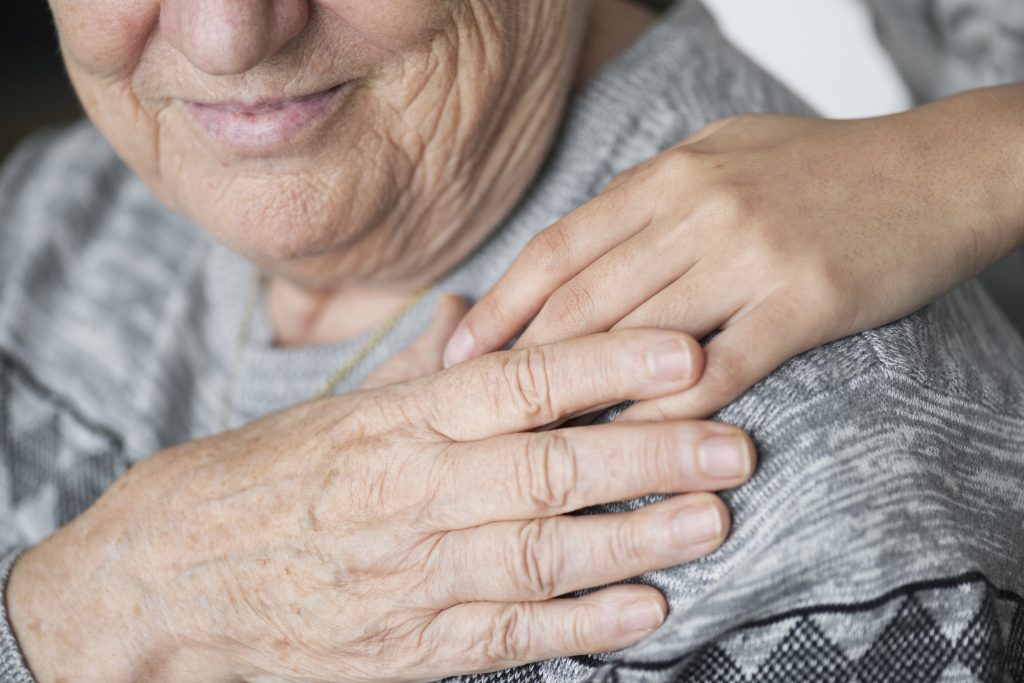
On 13 October 2024, a quiet Sunday, I had this incredible opportunity of organizing and leading a pre-conference NordiCHI workshop along with my colleagues Åsa Cajander, Sofia Ouhbi and Awais Ahmad focused on Design Methods in Connected Health. It was an exciting day filled with lively discussions, fresh ideas, and a lot of collaborative energy. We had a diverse group of participants, all bringing their expertise to explore how design approaches can be used and can influence the landscape of connected health. Here’s a rundown of how the day unfolded and some of the most memorable moments.
Setting the tone
We kicked off with a quick introduction and overview. We wanted to ensure that everyone felt comfortable and that we were all on the same page about the goals of the workshop. The idea was simple: explore how different design methods can be be used and influence connected health solutions, particularly in making them more human-centered and responsive to real-world challenges. As participants introduced themselves, it became clear that we had a diverse group with varied experience and expertise in the connected health field. This diversity added depth to our conversations, as everyone brought unique perspectives to the table, enriching our exploration of the challenges and opportunities in designing for connected health.
Diving Into Design Methods
The first part of the workshop revolved around several short presentations, each one offering a unique design scenario for connected health. After each presentation, we held a Q&A where the group could reflect, ask questions, and share their own thoughts. This wasn’t just a formal back-and-forth – it felt more like a natural, flowing conversation where everyone got involved. People were eager to discuss both the opportunities and the challenges of each approach.
The discussions brought up a wide range of opportunities and challenges related to designing in connected health. As a group, we identified the most important and relevant topics that resonated with the participants. From these discussions, we selected five key themes that stood out for their relevance to the ongoing work in connected health. These themes were chosen to be explored further in the next session, where participants would pair up and engage in deeper discussions during a gallery walk. This allowed for a more focused exchange of ideas and practical insights on each theme.
Interactive Reflections: The Gallery Walk
In the afternoon, we switched things up with a Gallery Walk. This was a chance for participants to physically move around in pairs, reflecting on the key themes that had emerged earlier. Participants paired up and stopped by different stations, jotting down their thoughts, questions, or even new insights on the topics that stood out to them.
This was one of the highlights for us. It was incredible to see how ideas that had been discussed briefly earlier in the day could spark deeper reflections when people had the chance to digest them in a different way. By the end, we had walls full of notes, suggestions, and thought-provoking questions that built on each other.
Bringing It All Together
The day didn’t end there! After the Gallery Walk, we spent time reflecting on how these design methods could be applied in real-world scenarios. People considered how they could integrate these insights into their own work, which led to a discussion about potential collaborations.
To keep the momentum going, we began drafting ideas for a joint research paper. By the end of the session, we had a rough outline for the paper, which will hopefully lead to future collaborations.
Wrapping Up
As we closed the workshop, we could see a sense of accomplishment among tha participants. We had discussed complex ideas, brought diverse perspectives to the table, and, most importantly, walked away with new connections and insights. The workshop was an amazing opportunity to dive deep into connected health design methods, and I’m already looking forward to where these discussions and ideas will take us next.
It’s always inspiring to see how people from different backgrounds can come together to innovate and push the boundaries of what’s possible in health care. Watch this space for updates on the collaborative paper.





